Transitos. From the Mediterranean to the Pacific
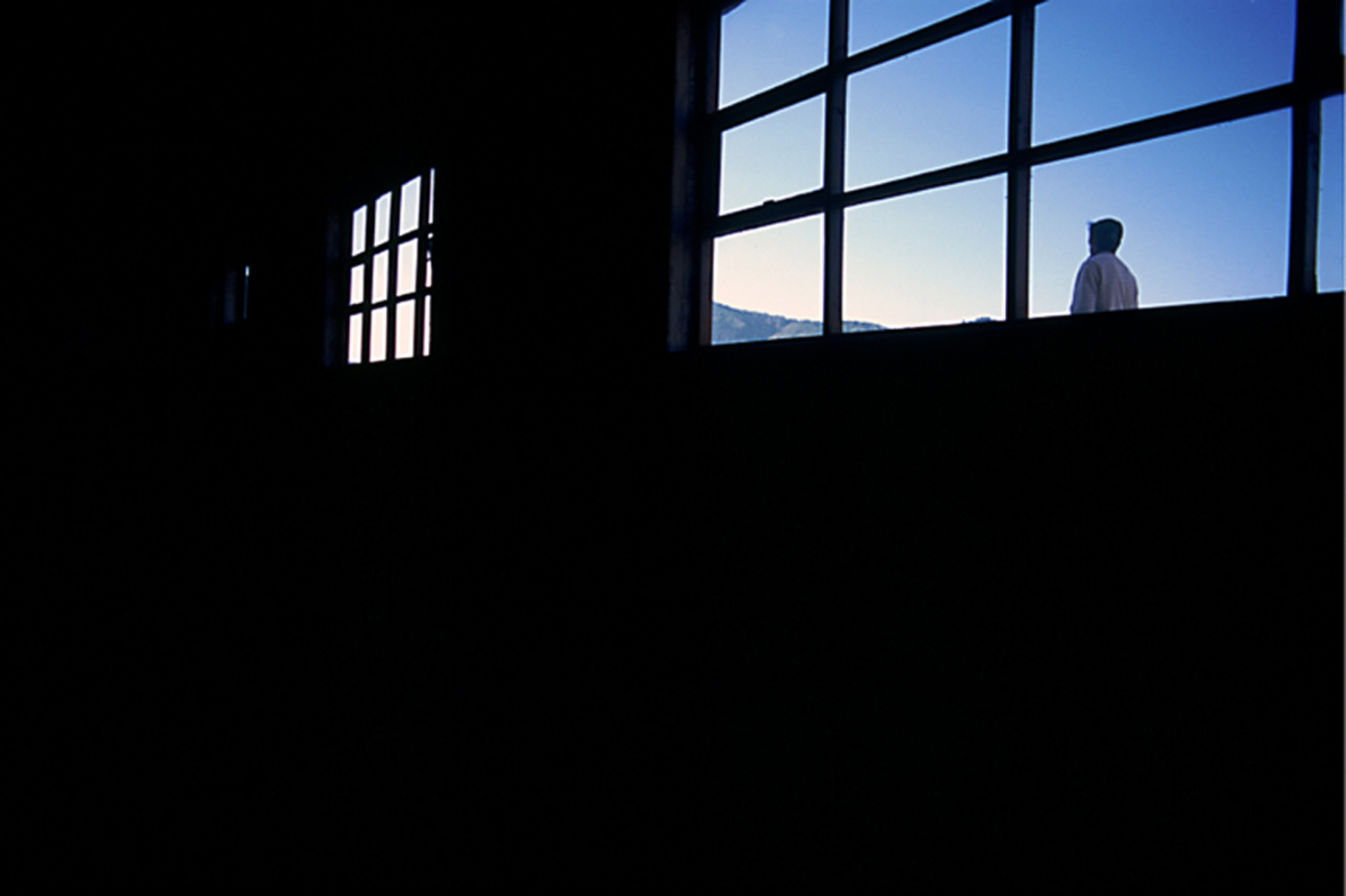
Work
Since alchemy to nowadays science, we have become land surgeons. While analogue photography is losing its space gained by the digital, our old industries as mining are not longer economic; what was a mine is becoming a new theme park or a tourism center...
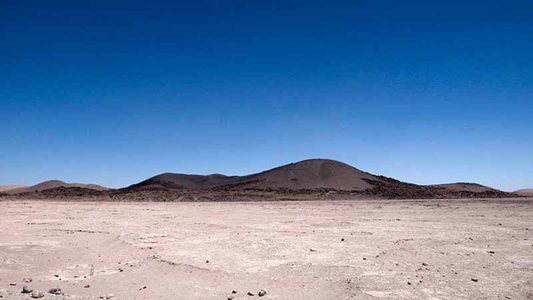
MONTAIN 1
Colour chromogenic print. Triptych
120 x 80 cm c / u
2007

MOUNTAIN II
Colour chromogenic print. Triptych
120 x 80 cm c / u
2007

MOUNTAIN III
Colour chromogenic print. Triptych
120 x 80 cm c / u
2007
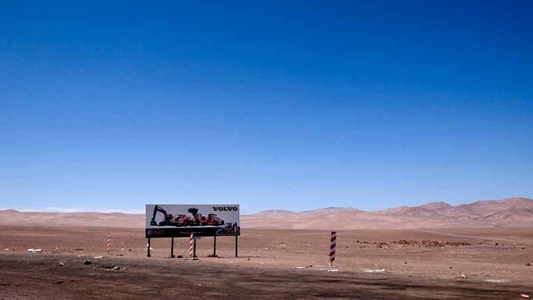
VOLVO IN THE DESERT
Colour chromogenic print
80 X 120 cm
2007
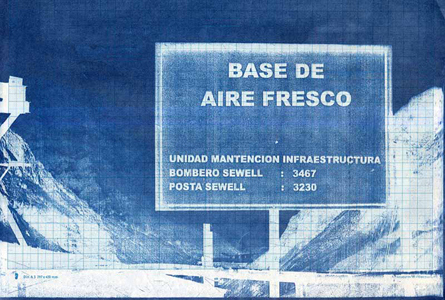
FRESH AIR BASE DETAIL DIN-A4
Cyanotype on paper
DIN-A4
2008
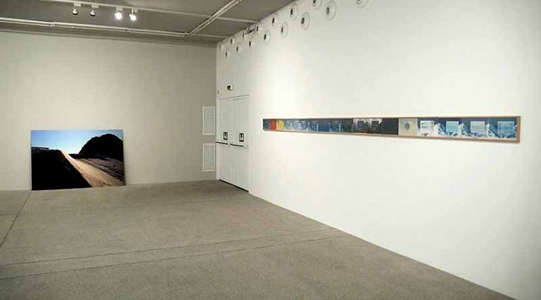
DRAG AREA AND BASE OF FRESH AIR
Installation, 135 x 200 & 30 x 550 cm
Espacio AV, Murcia
2008
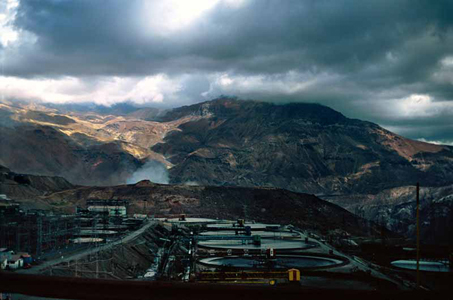
SEWELL INDUSTRIAL
Ink print on dibond from slide
100 X 150 cm
2007

WHALE SKELETON
Ink print on dibond from slide
135 X 400 cm
2007
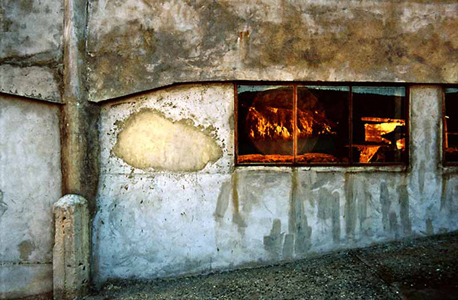
SHIP FOR CUTTING
Ink print on dibond from slide
135 X 200 cm
2007
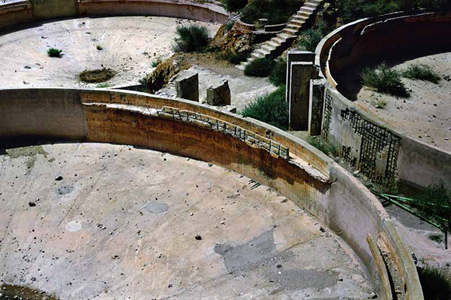
GOLD WASHING SITE
Ink print on dibond from slide
80 x 120 cm
2007
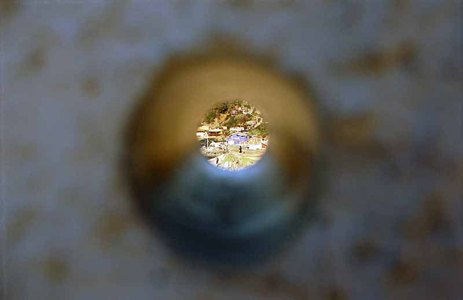
EYE
Ink print on dibond from slide
40 x 50 cm
2008

SEWELL
Colour chromogenic print
100 X 150 cm
2003
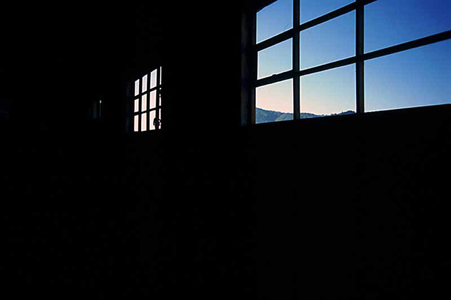
WINDOW I
Ink print on dibond from slide. Diptych
70 X 100 cm each one
2007
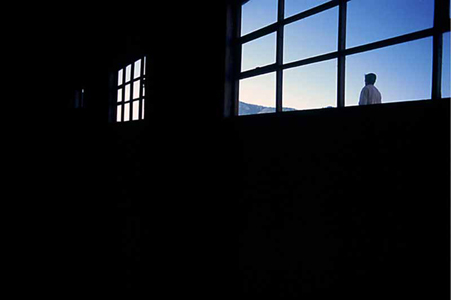
WINDOW II
Ink print on dibond from slide. Diptych
70 X 100 cm each one
2007
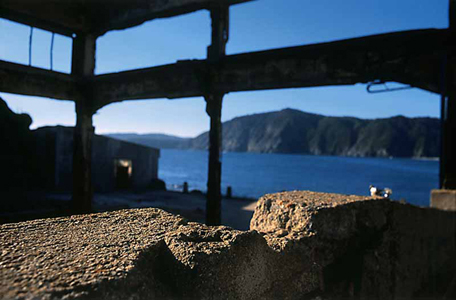
STRUCTURES ON THE COAST I-II
Ink print on dibond from slide. Diptych
135 X 200 cm each one
2008
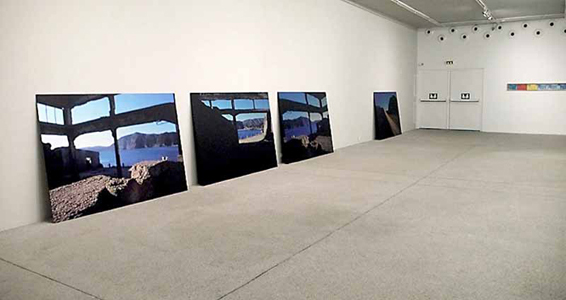
INSTALLATION STRUCTURES ON THE COAST
Installation of three pieces of Structures on the coast,
the piece Drag Zone and the piece Fresh
Espacio AV, Murcia
2008

STRUCTURES ON THE COAST III
Ink print on dibond from slide
135 X 200 cm
2008

TRANSITOS Archive Installation
Dimensions variable
Espacio AV, Murcia, Spain
2008
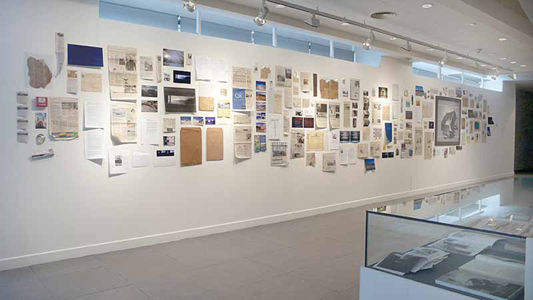
Archive Installation
Dimensions variable
Jardín Botánico UCM, Madrid
2008
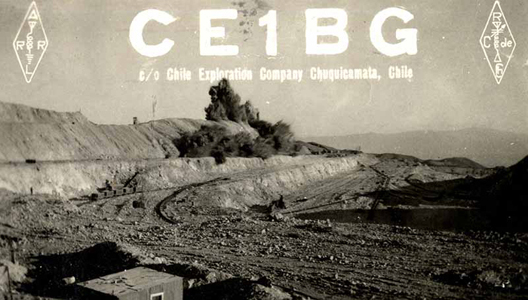
DOCUMENT CHUQUICAMATA
Documents found B&N Photography unidentified
No date
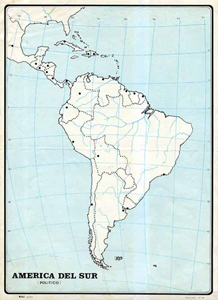
DOCUMENT SOUTH AMERICA MAP
Print on paper

DOCUMENT SALICHE
Print on paper
1924

TROLLEY
Documents found
B&N Photography unidentified
1906 (?)
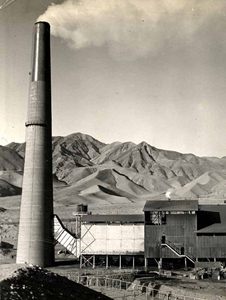
DOC. CHIMENEA
Documents found B&N
Photography unidentified
No date
HERBAL INDUSTRIAL PLANTS - Cyanotypes 80 x 61 cm - 2008
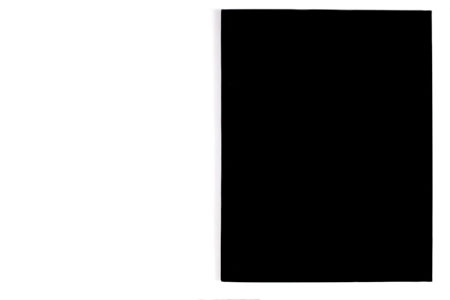
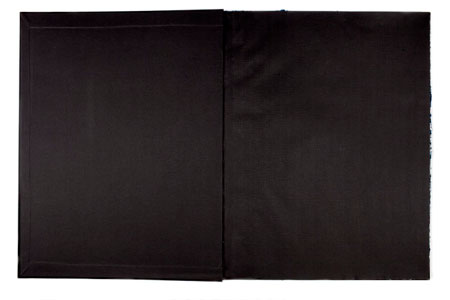

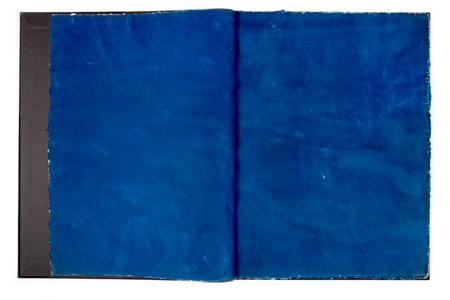

6
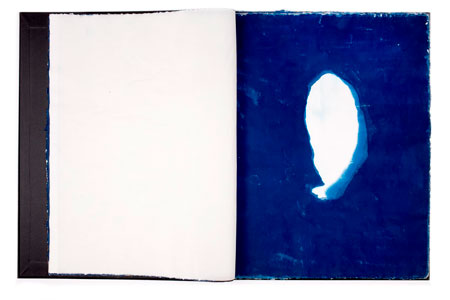
7
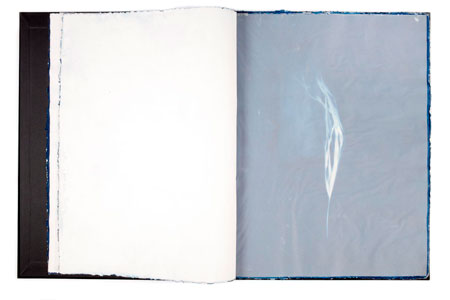
8
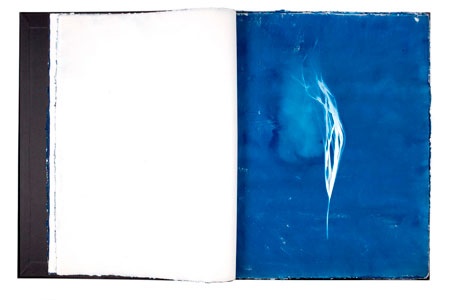
9
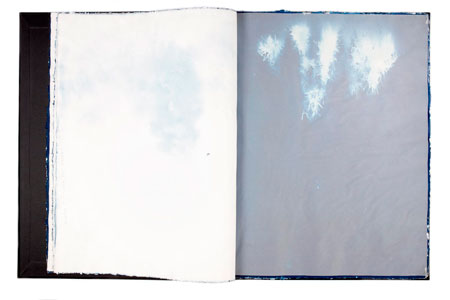
10
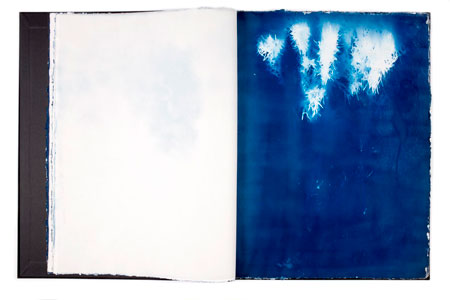
11
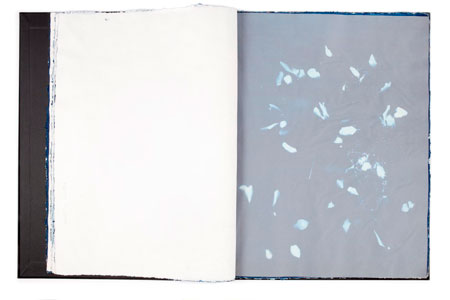
12
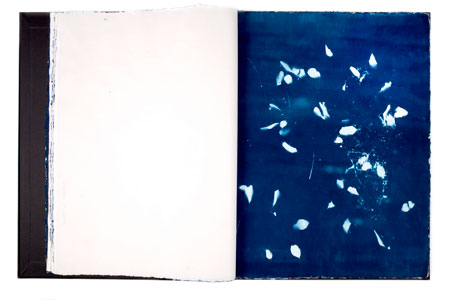
13
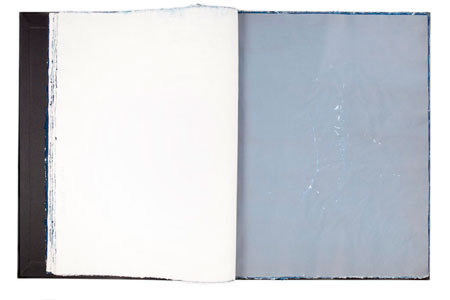
14
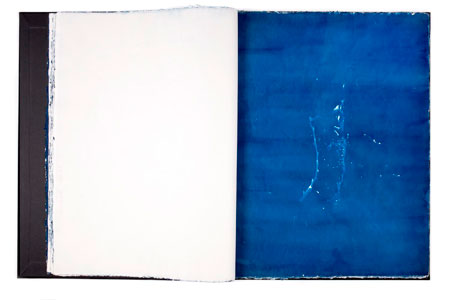
15
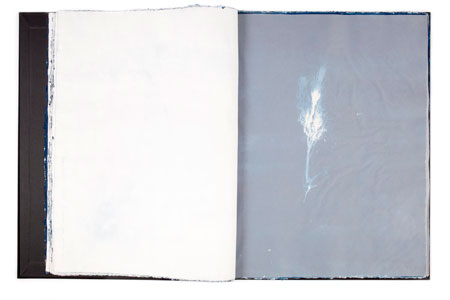
16
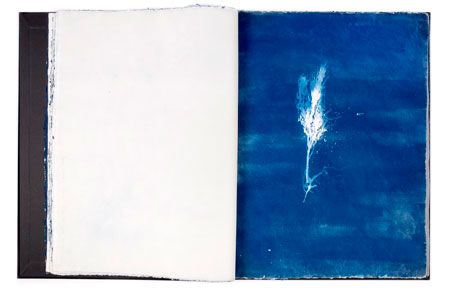
17
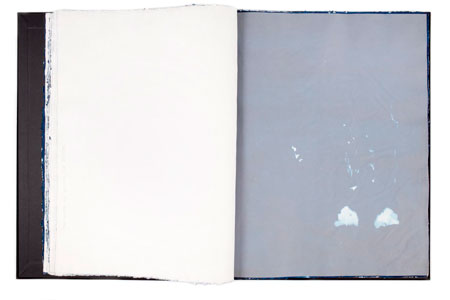
18
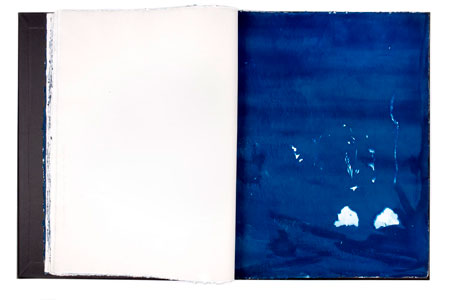
19
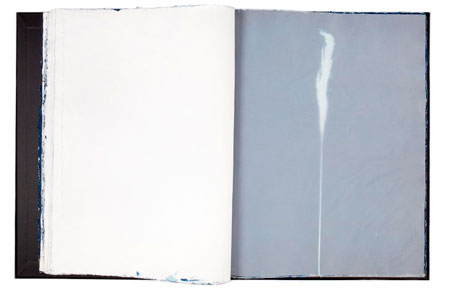
20
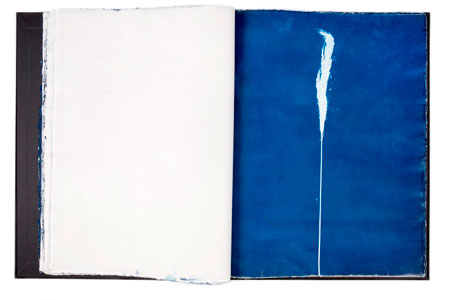
21
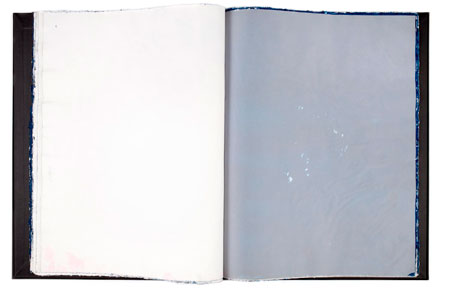
22
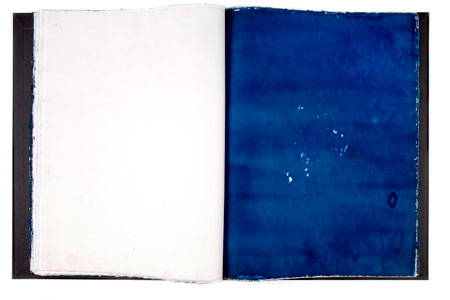
23

24
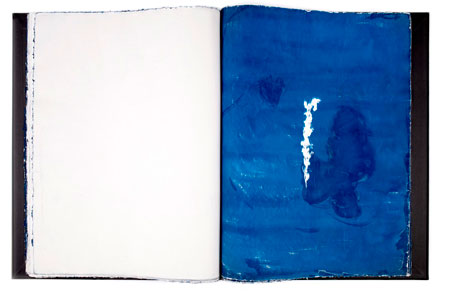
25
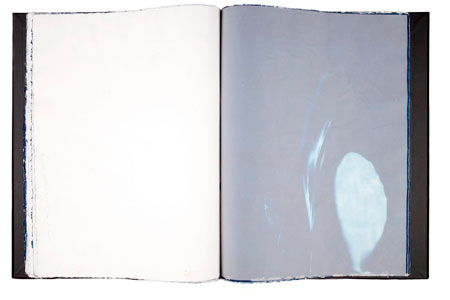
26
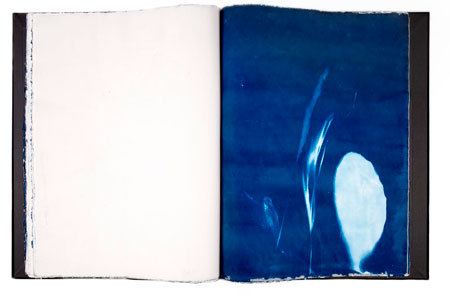
27
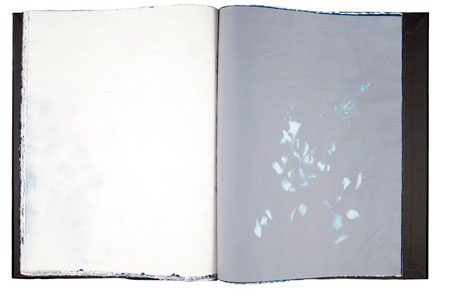
28
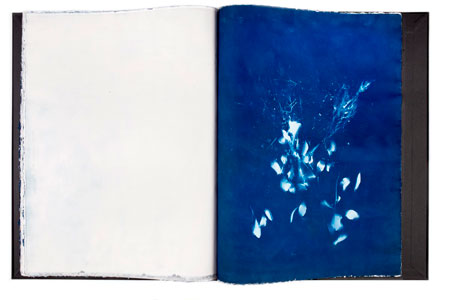
29
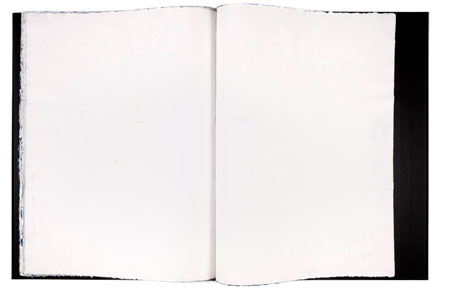
30
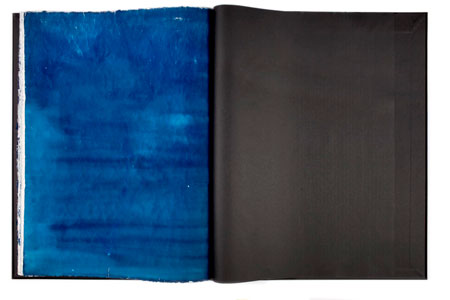
31
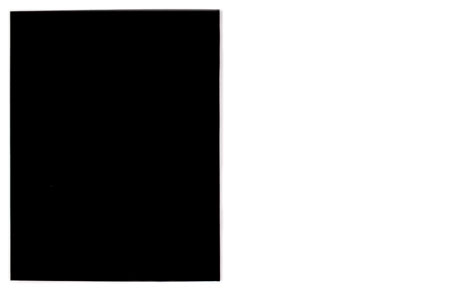
Text
TRANSITOS. FROM THE MEDITERRANEAN TO THE PACIFIC
Rosell Meseguer
The proyect: Transits from the Mediterranean to the Pacific, is formed from three parts:
QUINTAY
LUNA CORNATA; Silver nitrate versus Chilean nitrate: The Saltpetre
THE MOUNTAIN WHO EATS ALIVE MEN, dictionary mines, alive mines
Since alchemy to nowadays science, we have become land surgeons. While analogue photography is losing its space gained by the digital, our old industries as mining are not longer economic; what was a mine is becoming a new theme park or a tourism center. This project, talks about the artificial landscapes brought by the science, industry and technology cuttings. Its materialization uses old photographic techniques (XIX Century) as blueprint, used in mining books and a mix of analogue and digital procedures, combining the audiovisual arts.
Quintay from the project Transits: from the Mediterranean to the Pacific
Drain somewhere the rivers -make a hole somewhere-. Empty in the Southern Seas, upon the waves of salt and water: the Pacific, the end and beginning of the earth. The Cape Finisterre, which some believed it: the deepness of the darkness. It changed the plane into the sphere, their South in our North; full stop in the whaling industry and its decay in a place called during a long time: nowhere. Quintay is an old whaling industry situated close to the Valparaiso coast, Chile.
Luna Cornata; Silver nitrate versus Chilean nitrate: The Saltpetre from the project: Transits: from the Mediterranean to the Pacific
Term used by the alchemist of the Middle Age for the Silver chloride Photosensitive salt used by Joseph-Nicéphore Niépce for making his first photographic prints Project related to the left saltpetre industry cities and the actual situation of the salt industries at the Mediterranean and Bolivia.
The mountain who eats alive men, dictionary mines, alive mines from the project Transits: from the Mediterranean to the Pacific
The mountain who eats alive men, is how is called Cerro Rico in Potosí, Bolivia, still a mine in use with old exploitation systems, so different from the technological mines in Chile. The first makes us think about the mining of the Spanish Mediterranean coast, Cartagena and Almeria fields, nowadays dictionary mines that have become sites for researchers, curious and tourists.
LA MEMORIA IMAGINADA
Francisco Carpio
Fragment from he original text, written for the show at EAV, Space of Visual Arts, in Murcia, Spain, April-May 2008-
Neurones, milliseconds, obsolescence and things in use
(...)
I go back to the origin of the past, which is equally to go back to the present, and also to the future. I go back to an intimate and universal geography, mapped by these images, by these objects, by these documents, that is on both sides of the body of whoever conquers and constructs it, of whoever feels and perceives it: inside and at the same time, outside
Quintay
There is not the least doubt: when our individual consciousness begins to process, through its rough wet cerebral circuitry, any type of information which contains the idea-word “whale”, that it immediately establishes an analogy, a mental and memory link with our collective unconscious, which takes it irremediably to the literary ideaword “Moby Dick”.
The myth of the great white whale, ferocious, free and unattainable, has now become part of our imaginative world. Immortalized in the highly well known, book of the same title by the North American writer Herman Melville, it is nevertheless much less well known that the genesis of this novel took its historical reference from the story published in 1839 by the New York magazine “Knickerbocker. Written by an official of the US navy, Jeremiah Reynolds, it tells the real story of a clash between whalers and an albino sperm whale known as Mocha Dick near the isle of Mocha in Lebu, Chile, opposite the river and present-day town of Tirúa. Like Moby Dick, he escaped numerous times from his hunters over more than forty years, with the result that he carried various encrusted harpoons in his back. The whalers told that he used to attack furiously, with such puffs that formed a cloud around him; he charged at the boats, holing them and capsizing them, killing the sailors that dared to confront him. According to the mariner who told the tale published in the magazine, it required an alliance of several whaling boats from different nationalities before they got to kill Mocha Dick.
ROSELL MESEGUER DE UN TIEMPO COMÚN
Javier Hontoria
Looking at Rosell Meseguer´s work, one might think if photographic language is the leitmotif or the tool for creation, maybe it is the final purpose. Her way of watching, uses the increasing posibilities that photography offers, taking out from gelatins, blueprints and Kallitypes a rich narrative universe. In most of her lately works, the story motif and the way it is presented, go together, giving shape to the concept.
At her first public show in Madrid, Centro de Arte Joven de Avenida de América, a dialogue between the photographic image and the document was already showed; small fragments of time, founded here and there, helped the viewer to rebuild the memory of the place. These remnant documents are present today, becoming part of the art pieces themselves. Those first images were war ruins, bent spaces forgotten afther the battle. In one of the most beautiful photographies from this first sequence, the artist, from the inside of several narrow bunkers, set the camara in the places belonging to the cannons, getting from the small concrete hollow, the image of the maritime horizon. We could have the sensation, that Rosell Meseguer was looking in that distant horizont the posible bellicose fire´s target one. Having a benevolent intention, she stretches bridges between both sides, purpose still present in her work today.
Video
<nbsp;